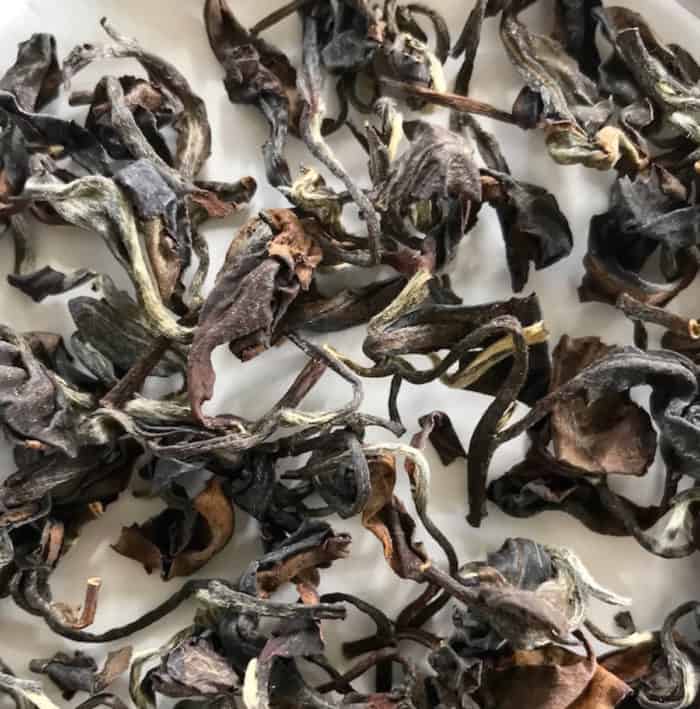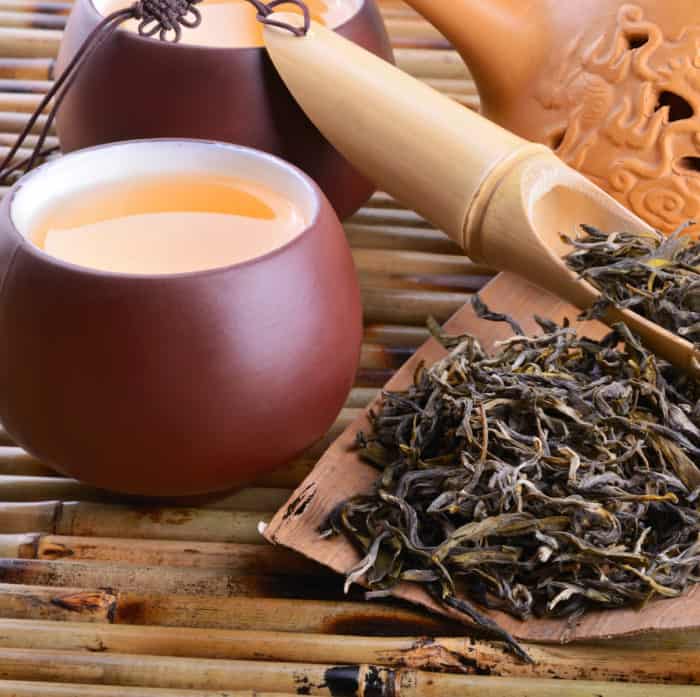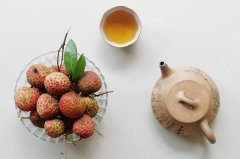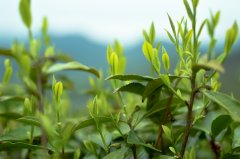What is raw tea and what is cooked tea? which is better? What is the difference between raw tea and cooked tea?
Roasting degree
According to the length of time and the severity of roasting, it can be divided into:
Light roasted tea: can also be called raw tea, also known as Panax notoginseng tea.
Medium roasted tea: can also be called semi-cooked tea, competition tea is mostly this kind of roasting, also known as Kungfu Tea.
-re-roasted hot tea: also known as cooked tea, more than seven points of heat.
Baking degree characteristics:
Light roasted hot tea: light fragrance, light taste, light throat rhyme.
Medium roasted hot tea: elegant fragrance, sweet taste and good throat.
Re-baked hot tea: calm fragrance, sweet taste, long throat, mellow and moist.
Tea with light roasting feels cold; tea with heavy roasting feels warmer, so if you feel your body is "cold" recently, drink tea that is more "ripe"; if you feel more "dry", it is recommended to drink tea that is more "raw".
Baking technology of oolong tea
The theoretical basis of tea baking depends on the "enzyme reaction" phenomenon produced by amino acids, monosaccharides and disaccharides in tea components during the roasting process.
Tea roasting is the function of slowly baking tea with fire after it is made, which makes the tea change from delicate fragrance to strong fragrance. The moisture, main pectin and weight of tea are found and controlled to react to the desired color, aroma and taste through the interaction of air door, temperature and time of the baking apparatus.
Tea baking is a scientific technology, the tea maker's "tea recognition ability" is the basis of baking tea, and "enzyme reaction" is the theoretical basis of tea baking.

Baking target
The main purpose is to remove water, remove miscellaneous flavors and change aroma and taste.
The heavier it is baked, the more ripe it is, otherwise it is said to be "raw". The so-called heavy baking refers to the long baking time or high temperature, or both. The baked tea has a unique flavor, is fully dry and is resistant to storage.
For baking, for tea rhyme, the light roasting tea focuses on the original aroma, while the heavy roasting tea focuses on the bottom rhyme of the "tea flavor".
Roasting and caffeine
The severity of roasting also affects the endoplasm of tea. The heavier the roasting, the more caffeine and tea tannin polyphenols volatilize, and the less irritating it is.
Therefore, people who can't sleep when drinking tea should drink cooked tea with heavier roasting heat. But if you want to stay up late and refresh yourself, you are advised to drink raw tea with a lighter roasting fire.
The difference between baking and drying
"baking" and "drying" are two completely different processes.
"drying" is one of the steps in the initial process, which aims to kill the enzymes in the residual leaves at high temperature, prevent further fermentation and reduce moisture content.
Recommendation of baked specialty tea-- Frozen top oolong tea
Legend has it that Lugu Juren Lin Fengchi was introduced and planted on Frozen Ding Mountain, which is the origin of Frozen Ding Oolong Tea.
Frozen top oolong tea has a hemispherical appearance after cloth ball kneading (ball kneading), and retains the more traditional withering and fermentation degree. It pays special attention to the roasting technology, with rich aroma, mellow taste and endless rhyme after drinking. It is a Taiwanese characteristic craft tea with both aroma and taste.
Q how to judge whether the "roasting" of tea is "raw" or "cooked"?
You can know from the "brightness" of the color of dried tea and tea soup. The heavier the baking fire, the darker and darker the color; the lighter the baking fire, the brighter the color.
In other words, the degree of baking can be known by the light and shade of a cup of tea.

Q does the baked tea taste faster?
This problem is very widespread, first of all, everyone has a different definition of the taste received, some people like fragrance, some people like strong fragrance, for different people, the smell situation will not be the same. Therefore, if you ask whether there is a baking fire will smell faster, there is no clear answer.
The taste of tea has something to do with the tea-making process, but the production methods or steps of different tea products are also different, so there is no standard answer.
In the case of alpine oolong, it is usually made by light roasting (assuming the same process and the same tea), but the taste is not absolute, which is related to the weather, water temperature, brewing utensils, and even the amount of tea at that time.
The severity of the baking fire is related, but not absolutely.
However, it should be noted that the subsequent baking will destroy the original flavor of the tea.
Such as Alpine Oolong, tea friends compete to taste the original flavor of tea, whether it is aroma or taste, is to drink the word "fresh".
So slightly baking to make it low in water content is enough to avoid destroying the extremely precious flavor.
May a cup of roasted tea be worth all your long time.
Important Notice :
前街咖啡 FrontStreet Coffee has moved to new addredd:
FrontStreet Coffee Address: 315,Donghua East Road,GuangZhou
Tel:020 38364473
- Prev

Why does Macao litchi black tea have litchi flavor? is it with essence? Efficacy and function of Guangdong veteran litchi black tea brand
The importance of history: in the Tang Dynasty in China, Yang Guifei liked to eat litchi. Every year, the emperor would send a large fleet to transport the litchi produced every year. Then the fleet will return with lychees and Kungfu Tea (tribute tea for the royal family). Litchi tea is formed by combining litchi with Kungfu Tea. And then spread all over the world, becoming the first kind
- Next

What does rain tea mean? What is the difference between tea leaves before Qingming and cereal rain tea?
Tea always has magic power, it makes tea drinkers calm and elegant. In the fast pace of modern life, perhaps what we need is to let the body and mind can really calm down, have a good rest, a good life moment! Good quality tea should be picked according to the season, and the "beginning of spring" in the 24 solar terms means the beginning of spring. Spring tea
Related
- What is the standard process for the purpose of coffee cup testing? What is the difference between hand-brewed coffee and cup testing?
- How to use hand-brewed coffee paragon small golden balls? How does cold coffee lock in the aroma of coffee?
- Is American coffee black? What is the difference between American coffee and drip coffee?
- Unexpected! Well-known tea beverage brand Lele Tea will withdraw from the Zhengzhou market!
- Starbucks enters the fashion and beauty industry?! Netizen: Give me an ice American eye cream
- Why can American refills for free? The difference between Americano and American drip pot coffee
- Being chased out of the rain in front of Starbucks?! Store: Sheltering from rain under umbrellas poses a safety hazard
- The white moonlight has changed?! Lucky launches "Big Winter Pear American"
- Hand-brewed coffee three-stage method, high-sweet and universal brewing method to share! What does the high sweet water level of hand-brewed coffee mean?
- What is the difference between raw, refined and full espresso coffee? How to extract espresso and taste good?

